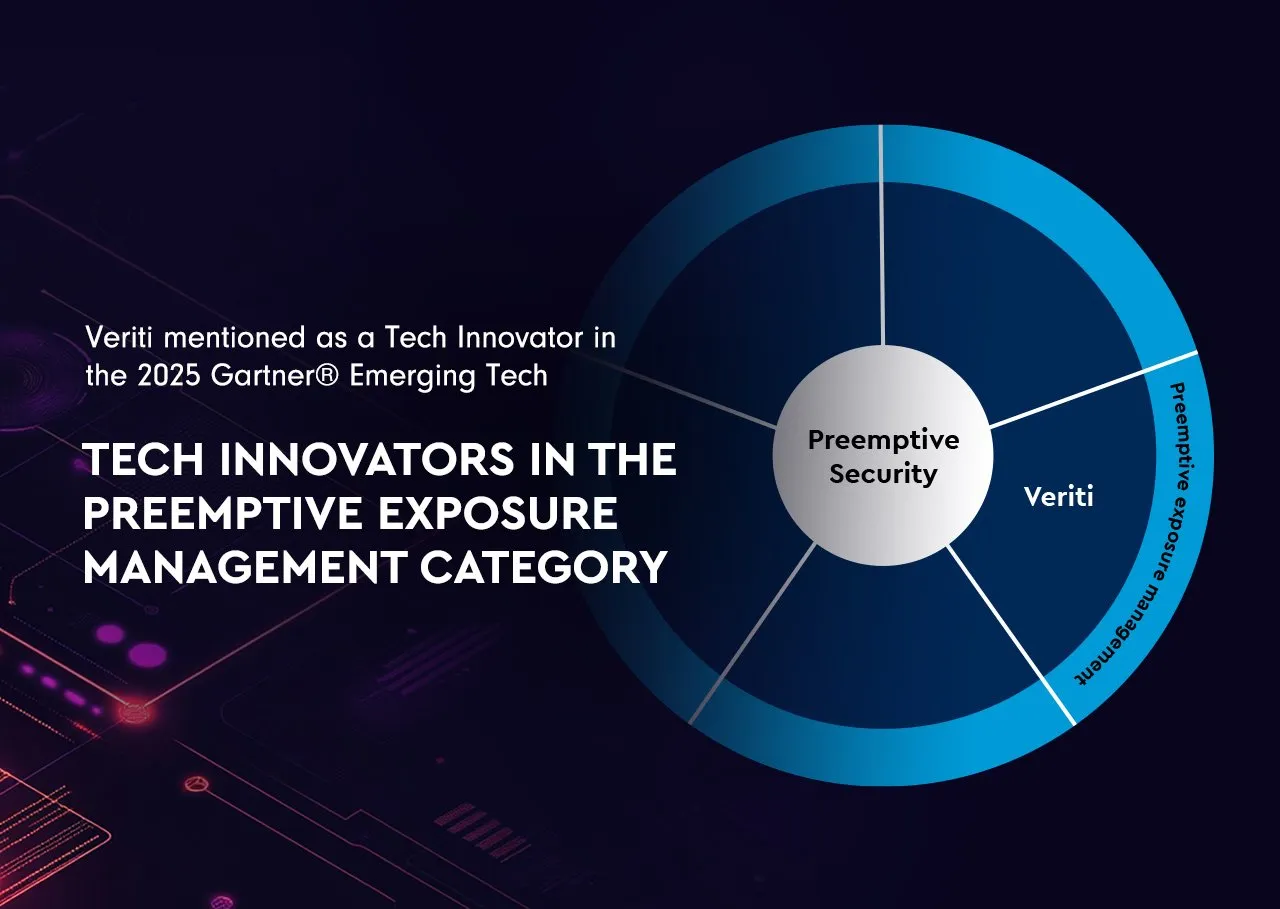Definition: Generative AI Security refers to the application of generative artificial intelligence technologies in cyber security to proactively identify, analyze, and mitigate potential security threats. These AI models can generate new data instances, simulate cyber-attacks, and model various defensive strategies to strengthen security systems.
Key Aspects of Generative AI Security:
- Threat Simulation: Generative AI can simulate sophisticated cyber threats, allowing organizations to test their defenses in a controlled environment and identify vulnerabilities before they can be exploited.
- Data Synthesis: AI models can generate synthetic data that mimics sensitive or confidential information without exposing the actual data, thus enhancing data privacy and security during testing and training.
- Anomaly Detection: By understanding normal behavioral patterns, generative AI can detect deviations that may indicate a security threat or breach.
- Automated Security Measures: These AI systems can automatically generate security protocols and rules based on the evolving landscape of threats, significantly reducing the manual labor involved in updates and patching.
Importance of Generative AI in Cyber Security:
- Proactive Threat Management: Allows organizations to anticipate and mitigate threats before they manifest, shifting from a reactive to a proactive security stance.
- Enhanced Privacy Protection: Synthetic data generation helps in maintaining privacy compliance and reduces the risk of data exposure during various analysis processes.
- Scalability: AI can handle vast amounts of data and adapt to new threats more quickly than traditional methods, making it ideal for scaling security operations.
- Cost Efficiency: Reduces the need for extensive manual intervention, lowering operational costs associated with monitoring, detecting, and responding to threats.
Challenges in Generative AI Security:
- Complexity of Training: Training generative AI models requires substantial expertise, data, and computational resources.
- Ethical and Security Risks: There is a risk of misuse of generative AI technologies, such as creating sophisticated phishing attacks or deepfakes.
- Dependency on Data Quality: The effectiveness of AI-driven security measures heavily relies on the quality and comprehensiveness of the training data.
Best Practices for Implementing Generative AI Security:
- Robust Training and Validation: Ensuring comprehensive training and continual validation of AI models to keep up with new and evolving cyber threats.
- Ethical Guidelines: Establishing strict ethical guidelines to govern the development and deployment of generative AI in security settings.
- Integration with Existing Systems: Combining AI tools with existing security frameworks to enhance rather than replace traditional security measures.
- Continuous Monitoring and Updates: Regularly updating AI models and systems to adapt to the changing threat landscape and technological advancements.
Generative AI Security is a cutting-edge approach that leverages the capabilities of artificial intelligence to forecast, simulate, and respond to cyber threats in innovative ways. This technology not only enhances the effectiveness and efficiency of cyber security efforts but also helps in addressing complex challenges that are difficult to manage with traditional methods. As this technology evolves, it is set to play a crucial role in shaping the future of cyber security strategies.




